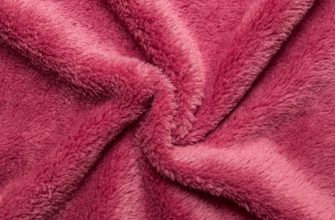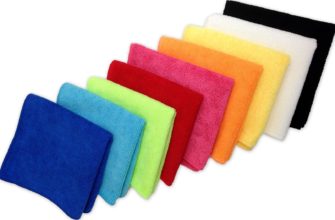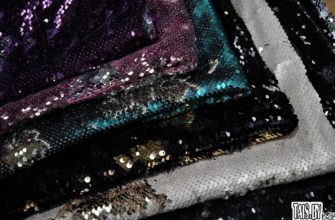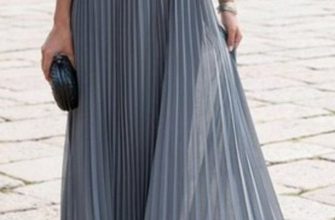Tent fabric is a type of material made from 100% cotton. It is characterized by special strength and wear resistance.
How and when did tent fabric appear?
Tent fabric appeared at the beginning of the 20th century. Initially, only flax and hemp were used in its production, and the range of consumers was quite narrow - exclusively those serving in the army. It was they who, in Soviet times, had a request for textile workers to make fabric similar to canvas. Some time later, there was a need to reduce the cost of production and it was decided to switch to cotton. The result was a budget, but durable material.
Today, due to its unique properties, tent material has found its application among ordinary people. Tents, hammocks, and even outerwear and work clothes are actively sewn from it.
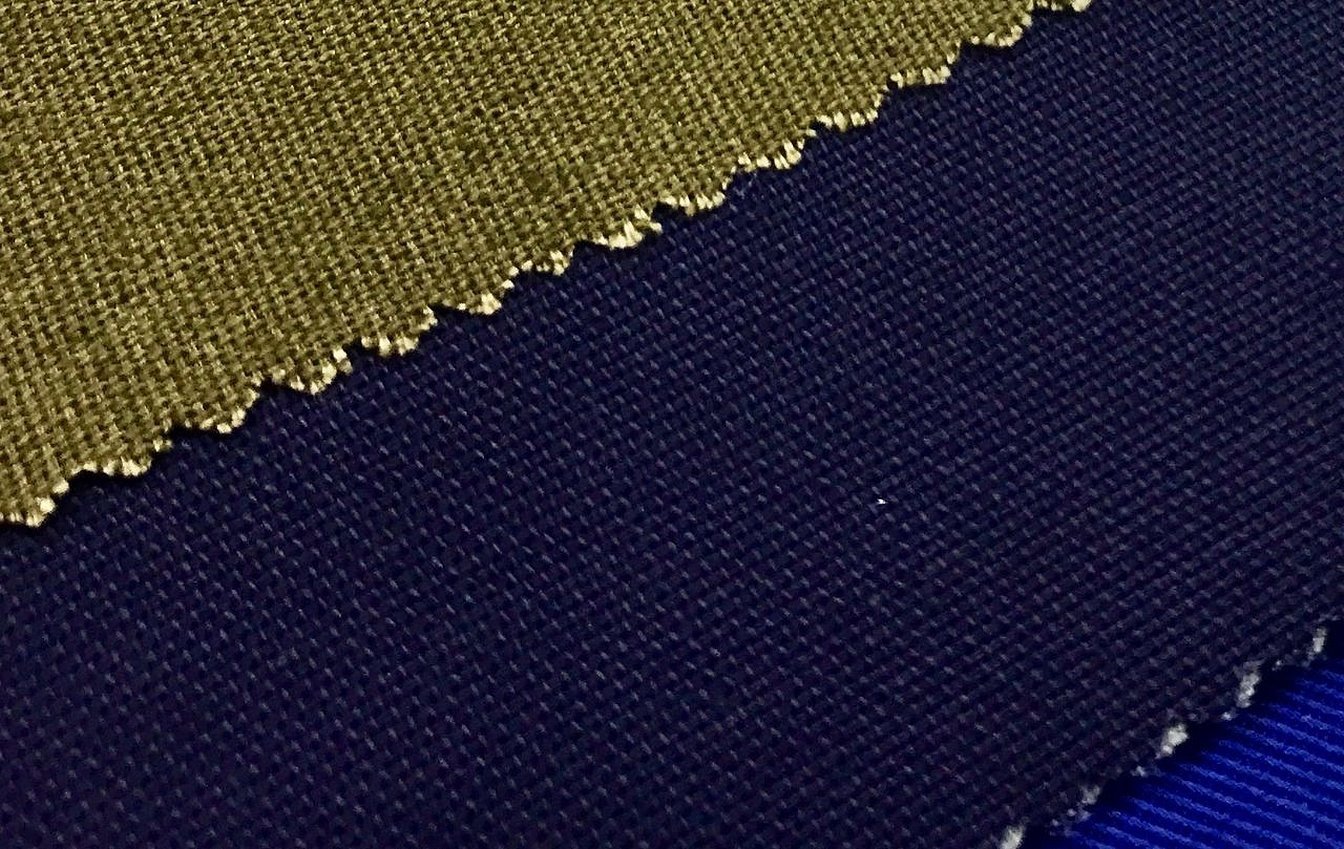
Tent fabric - production features
Today, its structure is similar to tarpaulin, but it is much lighter and softer. Despite this, it perfectly protects against moisture.
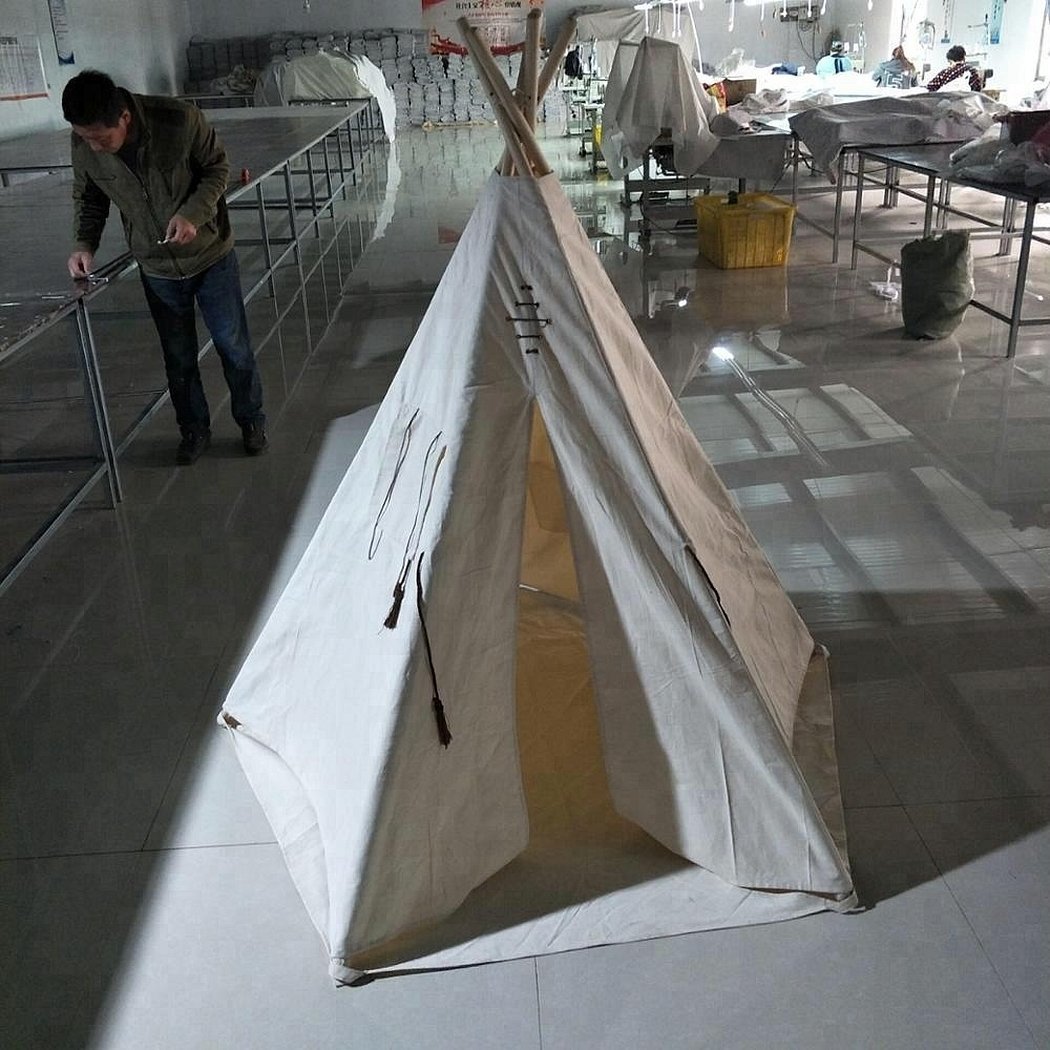
In the production of fabric, only strong and thick coarse threads are used. They are tightly twisted together and are clearly visible in the texture. The tighter the weft threads are twisted, the denser the structure of the fabric, but at the same time it protects better from water. When wet, the fibers swell, filling every crack, due to which the effect of water resistance is obtained. In a dry form, the product is able to pass air well, so a person will be comfortable under it.
The most important indicator of tent fabric is its density. All characteristics depend on it. According to GOST, the best options have a density of 210 g/m2 to 270 g/m2.
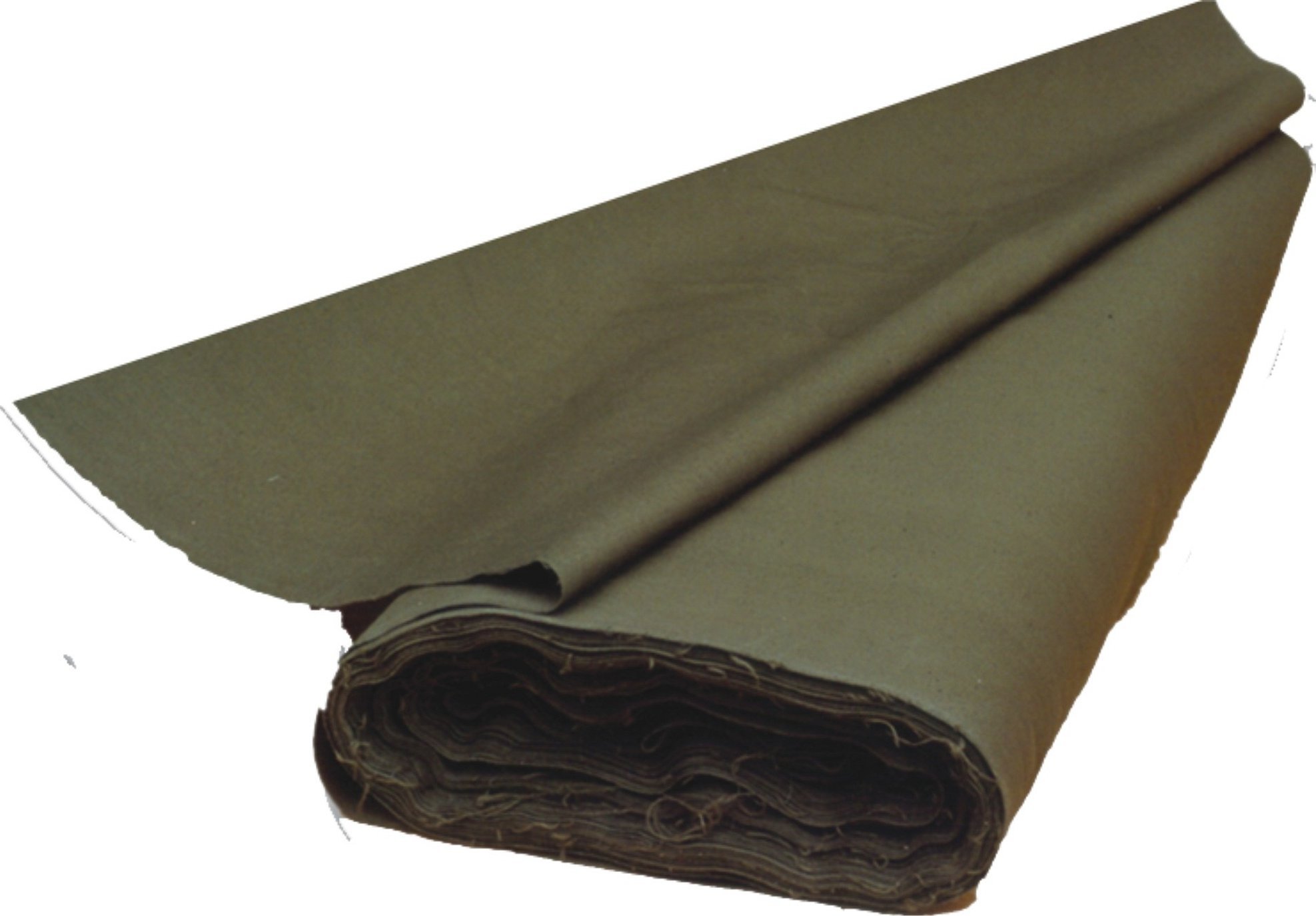
Properties of tent fabric
Tent fabric is one of the most popular materials today. This is due to a large number of useful properties:
- retains heat well even with large temperature changes in the environment;
- able to withstand strong winds;
- is not affected by mechanical influences, does not lose its appearance, does not stretch, does not shrink, does not deform due to the high density of the threads;
- does not get wet due to the unique ability of the threads to swell and water-repellent impregnation;
- There are raw fabrics that are not impregnated with anything;
- there is always a positive microclimate inside such fabric;
- are treated with an anti-rot impregnation, which eliminates rotting;
- does not burn if in contact with fire;
- easy to care for, easy to wash, does not absorb dirt;
- very long service life;
- provides good sun protection;
- environmentally friendly due to the composition of 100% cotton and non-toxicity;
- very reasonable price.
Each property very well shows how good the canvas is. They help to understand without unnecessary words why it is better than others.
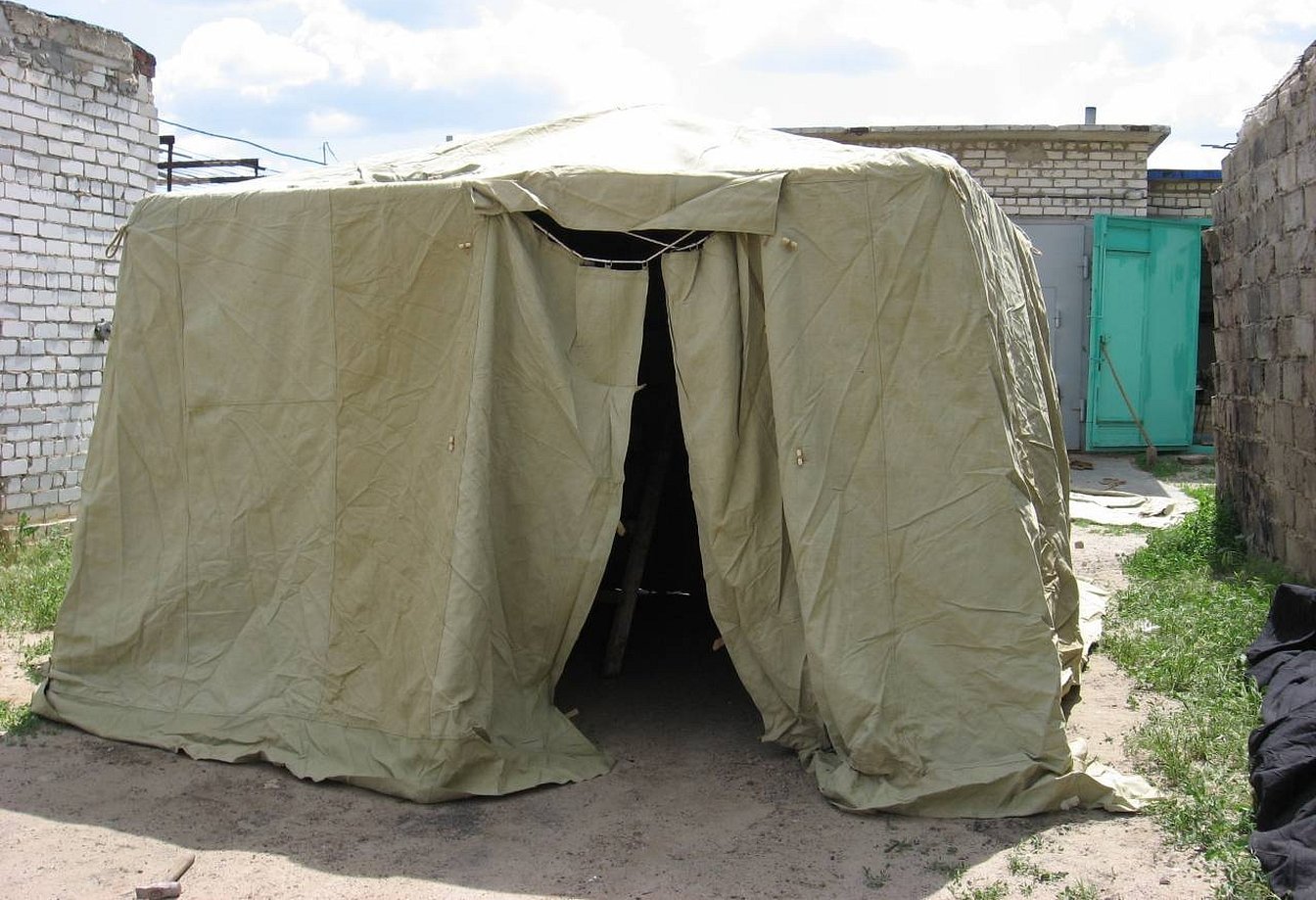
Tent fabric: structural features
Tent fabric owes all its properties to its special structure. The base is made of thick, coarse fiber. The main (also called longitudinal) threads are tightly twisted together like a standard rope, and the weft (also called transverse) threads can be twisted more loosely. But the more the weft threads are twisted, the better the properties of the tent material. They make it stronger, and one of its main qualities, water resistance, is even stronger. The correct structure of the fabric is key to producing quality products.
Care of clothing made from tent fabric
Caring for such clothing has its own nuances.
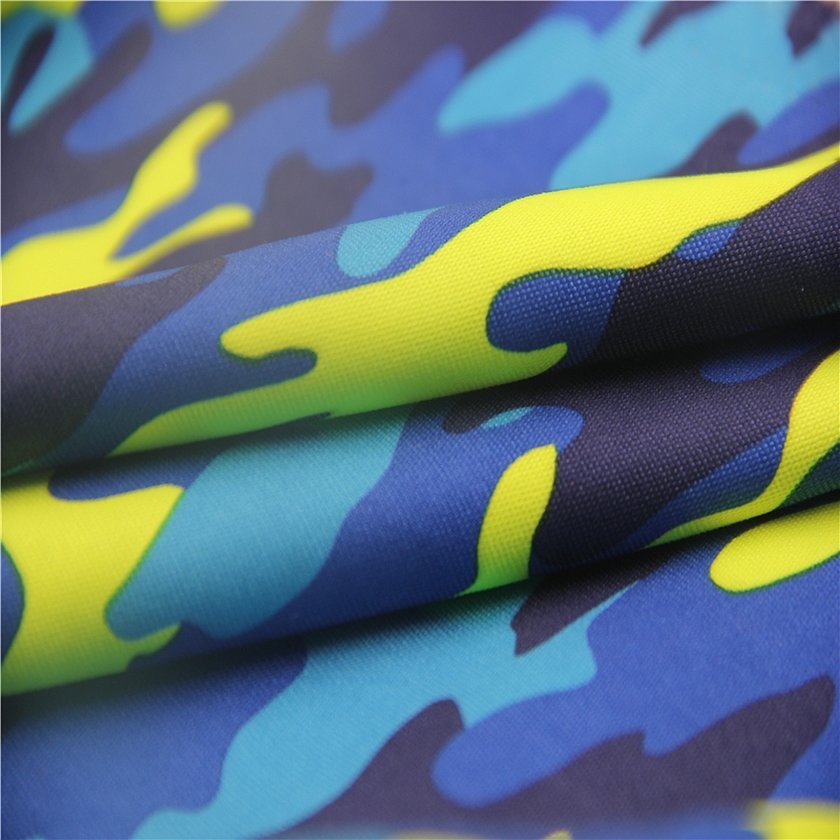
Only if all the rules are followed will it last a very long time without losing its properties.
- wash only by hand, but if you suddenly really need to throw the item into the machine, then choose a delicate mode with a low temperature;
- It is best to soak the item in water with laundry soap beforehand, and then, after soaking, wash it;
- When washing in a machine, be sure to turn off the spin mode; doing this manually is also not recommended;
- You cannot clean the product by rubbing it with a brush, as this will damage its properties;
- To avoid fading, the product must be dried away from ultraviolet rays;
- When removing stains, do not use bleach or other chlorine-containing products;
- Keep things neatly folded and completely dry.
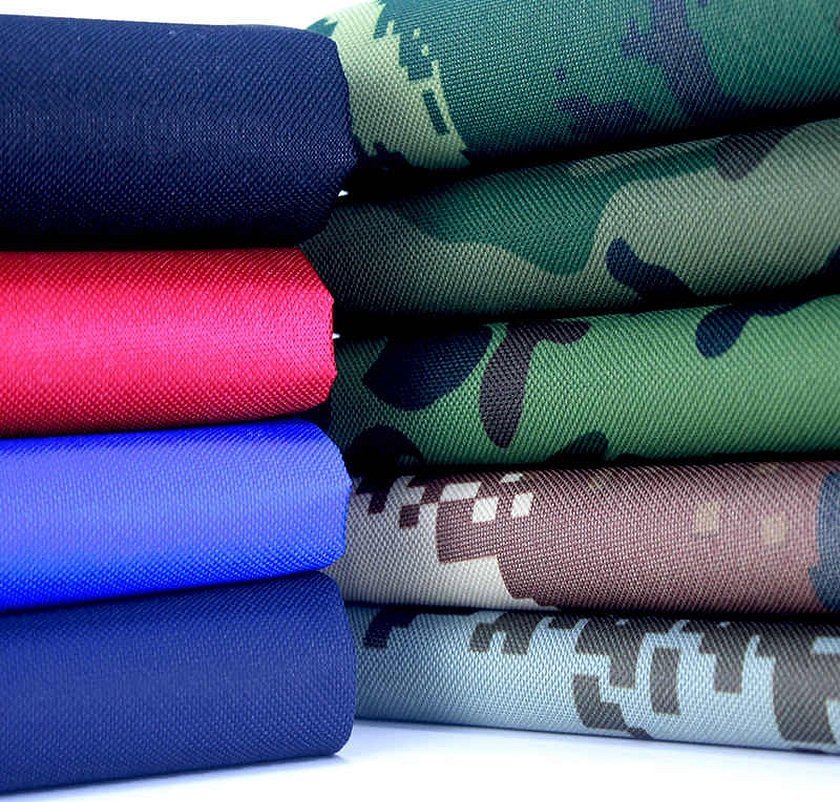
Negative characteristics of tent fabric
Despite a large number of advantages, tent fabric has some disadvantages:
- it protects from moisture, but at the same time it absorbs it, which makes it very heavy;
- If you wear cotton or woolen items under your tent fabric clothes, they can absorb moisture, causing your body to sweat. Therefore, it is better to wear thermal underwear under such items;
- despite all its fire-resistant properties, the tent product may not catch fire, but may deform under the influence of direct contact with fire;
- With frequent exposure to the sun, the material will fade noticeably.
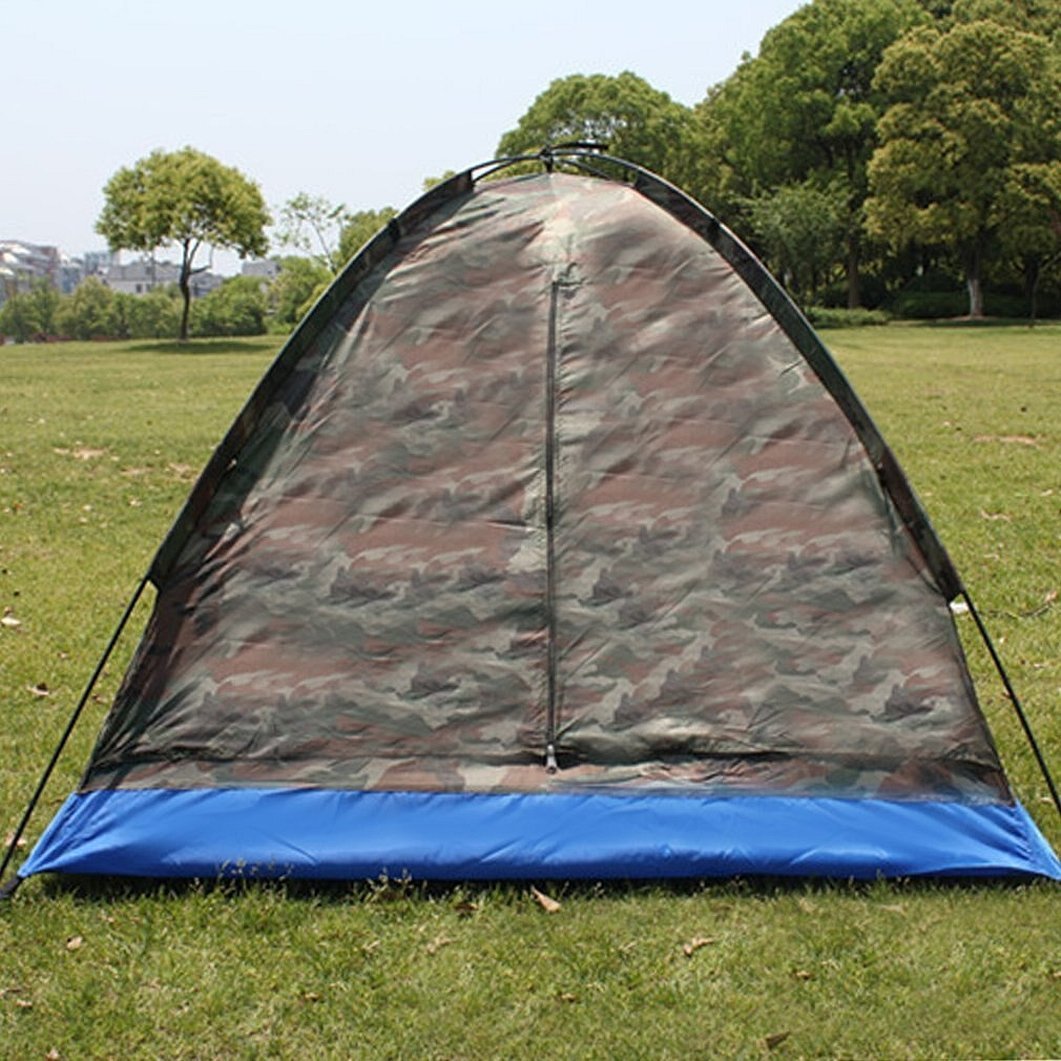
How to choose tent fabric
Before purchasing, you need to visually inspect the canvas and pay attention to the following nuances:
- Front side. It should be free of shine (this indicates the presence of synthetic threads in the composition) and fluff (a large number of them indicates that the composition contains cotton fibers of the lowest quality). The thread twisted into a rope is clearly visible. If thickenings are visible in places, this is normal.
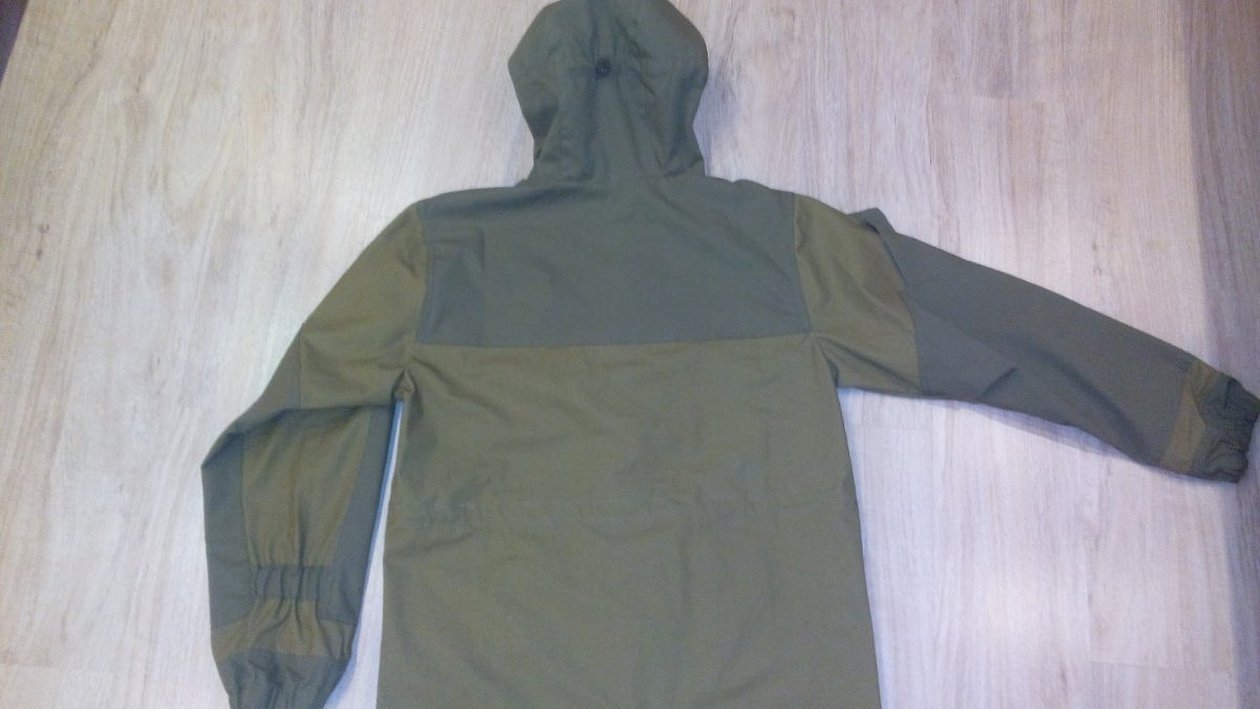
- Backside. Slightly shiny. This is due to the presence of water-repellent impregnation.
- If you look at the light, you can see gaps on the product. If there are many of them, then the density of the product is low, and if there are few, then, accordingly, the density is high.
- Another way to check the density is to bend the fabric. The thicker and tighter the bend, the greater the density.
- The more twisted the fibers are, the better the fabric will be at repelling water.
- The tightly twisted weft threads make the product look like tarpaulin, but this only improves the properties.
- Impregnation. For tents, it is better to choose a water-repellent one, but for awnings, tarpaulins and covers, one that will protect against rotting.
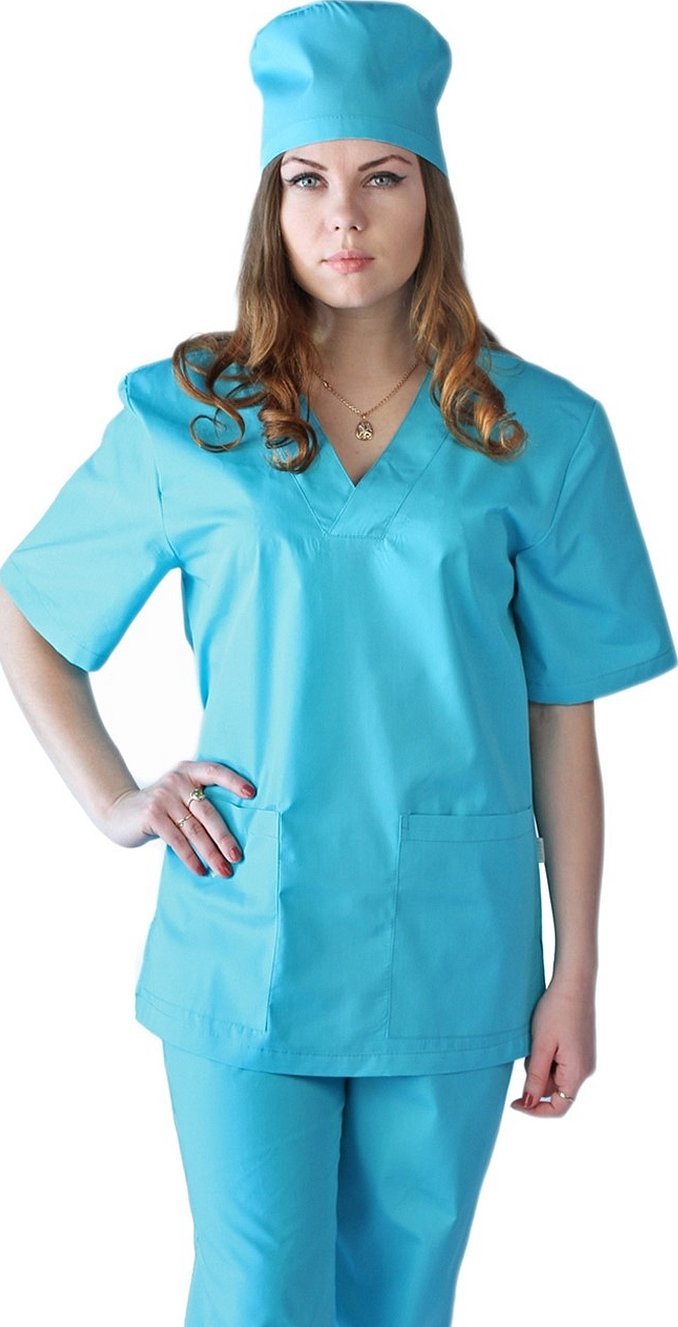
Alternatives to tent fabric
In production, tent fabric is most often used for tents and awnings. Despite the fact that it is often confused with tarpaulin in appearance, in practice it is much thinner, softer and more pliable. For tents, it is best to choose the maximum density (270 g / m2) so that it does not get wet. It is necessary to have impregnation, which will help not only from water, but also from unwanted fungus.
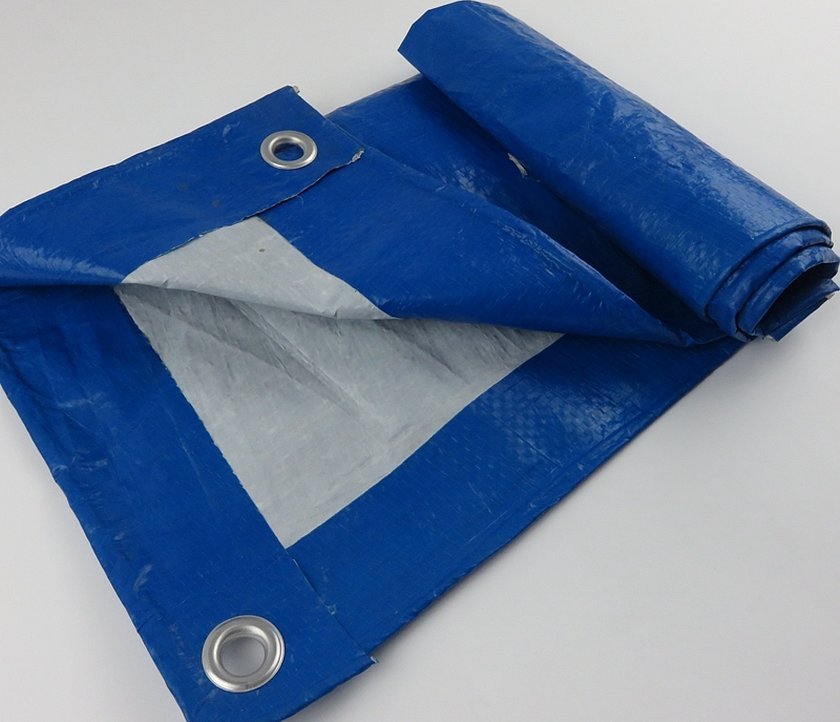
Other tent fabrics are not as suitable for making outdoor tents, except perhaps to replace polyester or nylon, but they will certainly have lower performance characteristics.
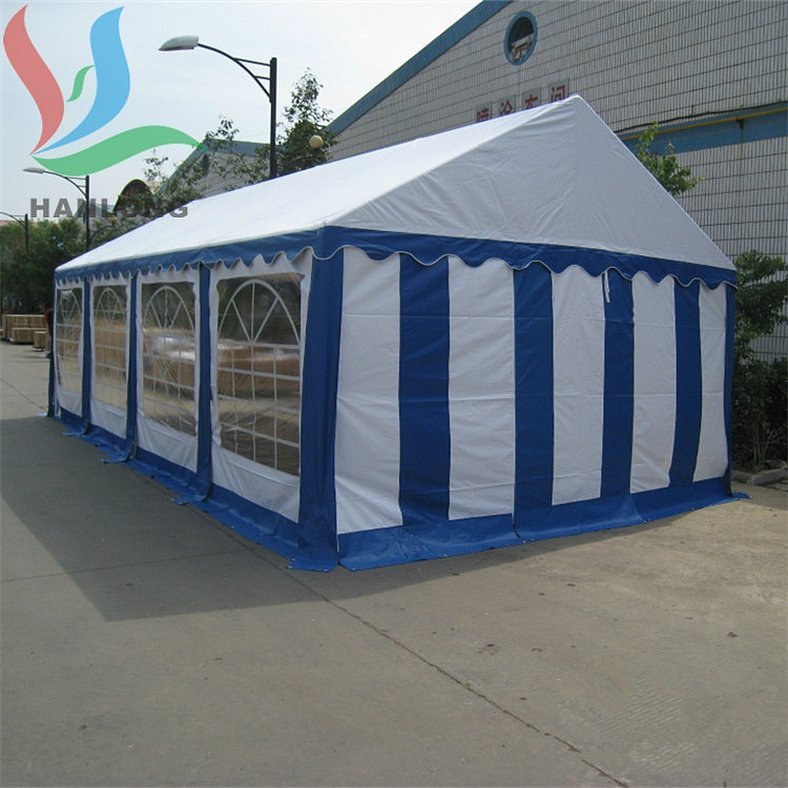
Of the artificial fabrics for tents, Oxford is most often used. It can be made of both polyester and nylon threads. This fabric is good for its characteristics, which are not much inferior to the cotton version. The basis of Oxford is a weave of the matting type (i.e. visually it looks like squares that are located in a checkerboard pattern). It is this that gives the fabric incredible strength.
The main characteristics of such fabric:
- moisture and dirt resistance:
- wear resistance;
- not afraid of temperature changes in the range from -50 to 110 degrees;
- incredible strength due to the weave of the matting;
- maximum ease of maintenance;
- cheap price.
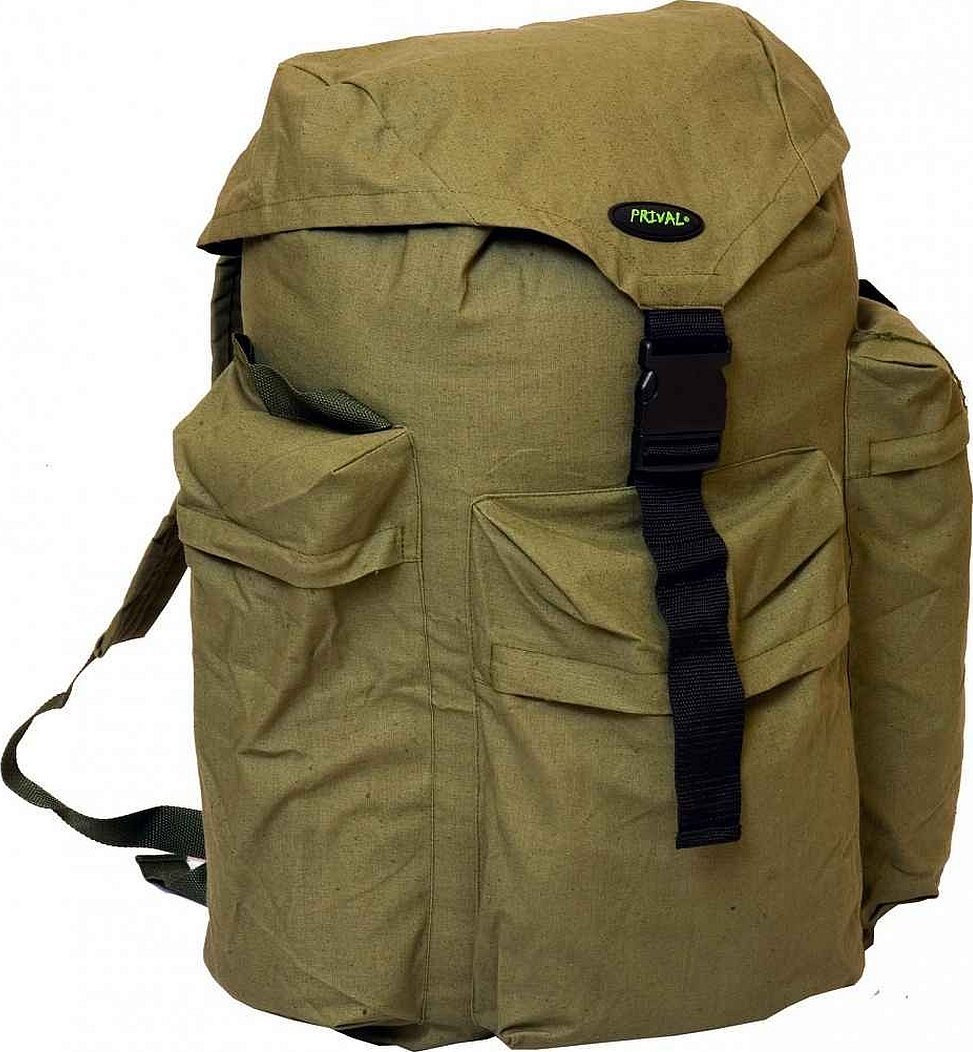
Oxford has its own standards. Thread markings 150D, 210D, 240D, 300D, 400D, 600D. The higher the value, the denser the fabric. For example, clothes are sewn from fabrics with a low value, and shoes, tents, and awnings are sewn from fabrics with a high value.
Oxford comes in a wide range of colours: black, grey, green, blue, orange, white, red, yellow and khaki.
Waterproofing is achieved by the internal Oxford PU coating. Visually, it is absolutely colorless. It is due to this that some fabrics can withstand winter frost down to -160 degrees. Waterproofing can be from 200 to 5000 mm of water column.
Another characteristic of this fabric is the breaking load. It is from 80 to 160 kgf for the warp and from 45 to 120 kgf for the weft, which is an amazing indicator (for a better understanding, the norm is more than 50 kgf and more than 30 kgf, respectively).
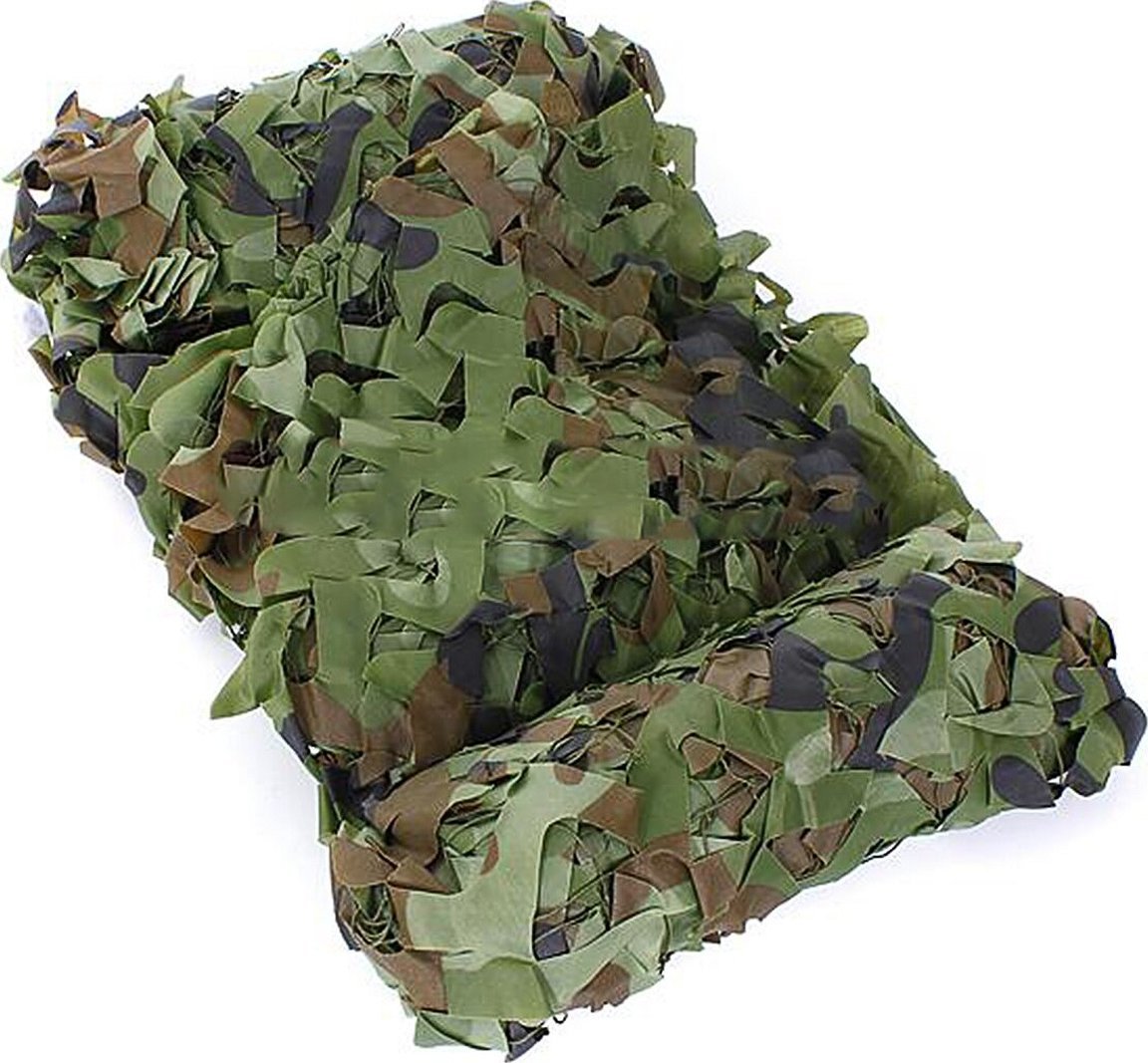
Despite the fact that awning products are made from a large number of fabrics, the best option is still tent fabric. It is this fabric that, due to its naturalness, can provide all the best properties. You need to choose such material carefully so as not to get low-quality products, because it will be extremely unpleasant to go on vacation and get wet under the canopy.
Studying this article will help you to understand the topic very well and make the right choice. Recommendation - do not neglect any point. This is what will help you successfully buy a thing and preserve all its properties for a long time.

